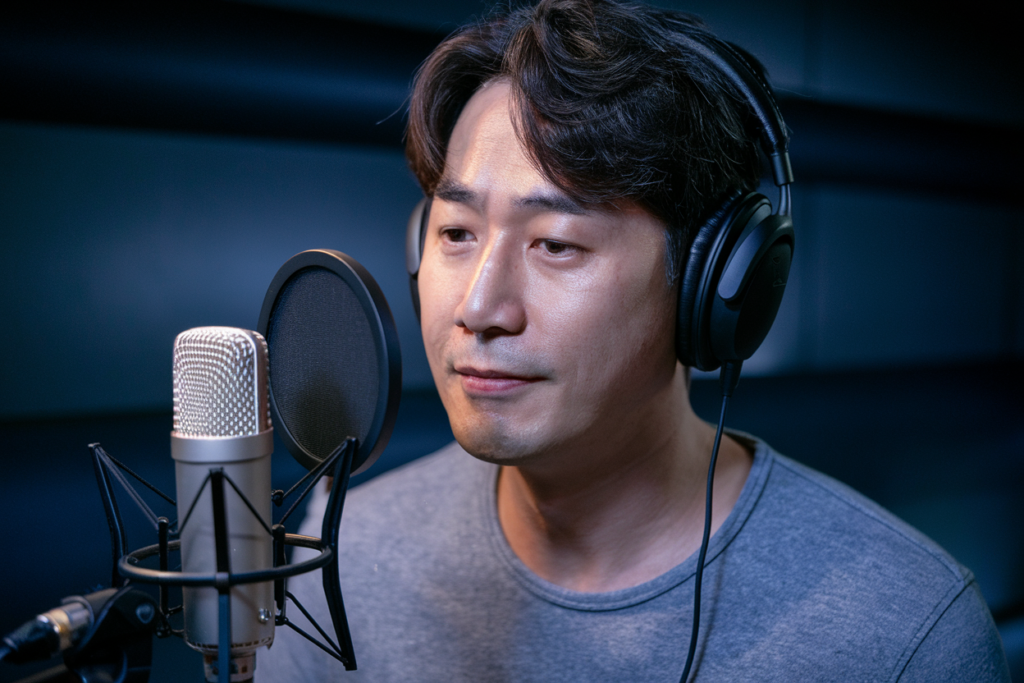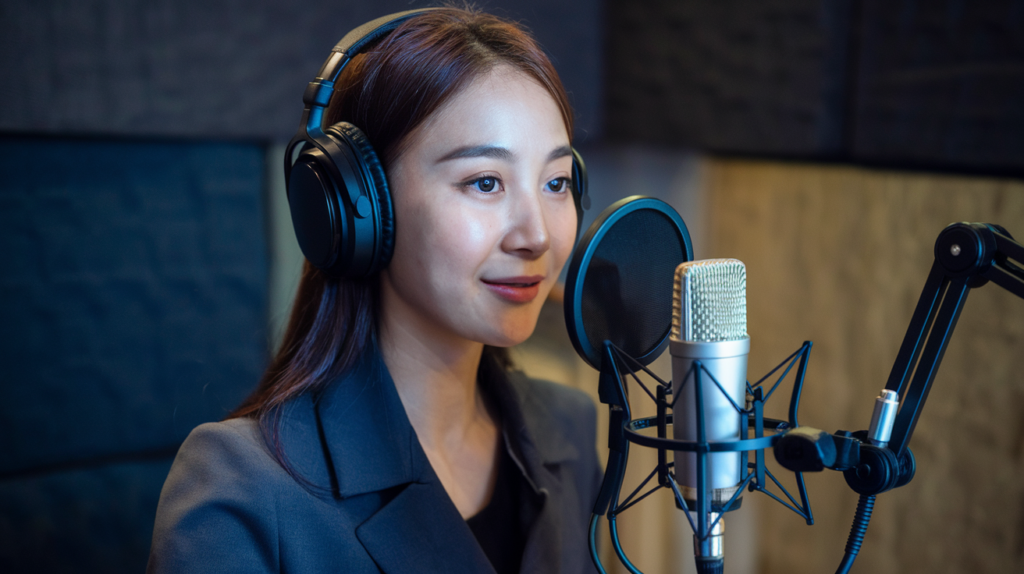Key Takeaways
- Diverse Dialects: Korean language features distinct regional dialects, each reflecting unique cultural identities, including the standard Seoul dialect, Busan’s sharp Gyeongsang dialect, and Jeolla’s softer tones.
- Phonetic Differences: Variations in pronunciation and intonation among regions enhance communication challenges while offering deeper appreciation for local cultures.
- Lexical Nuances: Each dialect incorporates specific vocabulary tied to regional customs and practices, enriching conversations with insights into local lifestyles.
- Cultural Influence: Historical events and regional traditions significantly shape language variations, providing context that enhances understanding and connection with native speakers.
- Effective Communication: Recognizing these regional differences improves interactions during travels or business engagements in Korea, fostering authentic relationships.
- Appreciation of Diversity: Embracing Korean dialectal diversity not only aids language learning but also deepens one’s understanding of Korea’s multifaceted society.
Have you ever wondered why Korean sounds so different depending on where you are? The regional variations of Korean reveal a rich tapestry of dialects and accents that reflect the diverse culture across the peninsula. From the melodic tones of Seoul to the unique expressions in Busan, each region offers its own flavor of the language.
Overview of Regional Variations of Korean
Korean language variations across regions showcase a rich tapestry of cultural identity. Each dialect brings unique nuances, contributing to the overall beauty of the language. For instance, the Seoul dialect stands out for its melodic tones and is often regarded as the standard form.
In contrast, Busan’s dialect features distinct expressions and intonations that reflect its coastal heritage. You might notice phrases or vocabulary in Busan that differ significantly from what you hear in Seoul. This variation illustrates how geography influences language.
Additionally, Jeolla Province boasts a dialect known for its softer sounds and unique vocabulary that can be quite different from both Seoul and Busan speech patterns. Similarly, Gyeongsang Province has a reputation for its sharp intonations and vibrant expressions.
Understanding these regional differences enhances communication with native speakers. It’s fascinating how localization affects not just accents but also everyday phrases and words. Engaging with various dialects fosters deeper connections within Korean culture while highlighting the diversity present in each region’s voice.
These regional variations enrich your experience whether you’re learning Korean or interacting with native speakers during travels or business engagements. Embracing this linguistic diversity opens up new avenues for understanding and appreciation of Korea’s multifaceted society.
Major Dialects of Korean
Korean boasts a variety of dialects, each reflecting unique cultural identities across the peninsula. Understanding these dialects enhances communication and deepens your appreciation for Korea’s rich linguistic heritage.
Seoul Dialect
The Seoul dialect serves as the standard form of Korean, often recognized for its melodic intonations and clarity. This dialect features distinct pronunciations and vocabulary that set it apart from others. You’ll notice more polite speech forms commonly used in social interactions here. If you’re learning Korean, mastering this dialect can help you navigate conversations with ease in urban areas.
Gyeongsang Dialect
The Gyeongsang dialect is known for its sharp intonations and vibrant expressions. Originating from regions like Busan and Daegu, this dialect often emphasizes strong consonants, which can sound quite different to those familiar only with the Seoul standard. The local expressions add flavor to daily conversations; understanding them provides insight into the lively culture of Gyeongsang Province.
Jeolla Dialect
The Jeolla dialect stands out due to its softer sounds and unique vocabulary influenced by the area’s history and traditions. Words might be pronounced differently compared to other regions, giving it a distinctive charm. Locals use various colloquial terms that may confuse outsiders but reflect a warm community spirit that’s integral to Jeolla’s identity. Engaging with speakers using their local expressions fosters connection and enriches your experience within this region.
Each regional variation contributes uniquely to the tapestry of the Korean language, enhancing your journey through its diverse culture.
Linguistic Features
Korean dialects exhibit distinct linguistic features that capture the essence of each region’s culture. These variations manifest in phonetic differences and lexical choices, enriching communication across the Korean peninsula.
Phonetic Differences
Phonetic attributes vary significantly among regional dialects. Seoul’s dialect stands out with its melodic tones and clear pronunciation, making it widely recognized as the standard form. In contrast, Busan’s Gyeongsang dialect has sharp intonations and strong consonant sounds, which can be challenging for non-native speakers to grasp initially. The Jeolla dialect softens these sounds, creating a gentler auditory experience that reflects its warm community spirit. Understanding these phonetic differences not only aids in effective communication but also enhances your appreciation of Korea’s rich cultural tapestry.
Lexical Variations
Lexical variations reveal diverse vocabulary that often relates to local customs and traditions. For instance, certain terms unique to Busan may describe local foods or activities specific to the coastal lifestyle, while Jeolla speakers might use expressions tied to their agricultural heritage. These subtle yet significant changes enrich conversations and provide deeper insights into Korean life. Familiarizing yourself with these lexical nuances helps you connect more authentically with native speakers and offers a glimpse into the vibrant cultures across regions.
Cultural Influences on Language
Cultural influences significantly shape the Korean language, reflecting regional identities and historical contexts. Each dialect carries stories of its people, traditions, and customs.
Historical Context
Historical events have played a crucial role in shaping the Korean language’s regional variations. The influence of various dynasties, invasions, and socio-political changes contributed to distinct linguistic features across regions. For example, during the Joseon Dynasty, the promotion of Confucian ideals led to a more formalized language structure in Seoul. In contrast, regions like Jeolla experienced agricultural developments that enriched their vocabulary with terms related to farming practices. Understanding these historical contexts not only enhances your appreciation for each dialect but also helps you connect deeper with local speakers.
Regional Customs and Practices
Regional customs and practices further influence how Koreans communicate within their communities. Daily life activities often dictate specific expressions unique to each area. For instance, Busan’s coastal lifestyle introduces vocabulary associated with fishing and seafood that may not be prevalent elsewhere. Additionally, traditional festivals celebrated in Jeolla introduce special terms tied to local cuisine or rituals that enhance communication among community members. When you engage with these expressions as a learner or traveler, it fosters camaraderie and respect for cultural heritage while enriching your experience in Korea’s diverse landscape.
Importance of Understanding Regional Variations
Understanding regional variations in the Korean language enhances communication with native speakers. Each dialect carries unique sounds, expressions, and cultural nuances that reflect its area’s history and lifestyle. Recognizing these differences allows for more effective interactions, whether you’re traveling or engaging in business.
Korean dialects like those from Seoul, Busan, and Jeolla showcase distinct phonetic features. The Seoul dialect emphasizes clarity and politeness. In contrast, Busan’s Gyeongsang dialect features sharp intonations that may seem challenging to non-native speakers but add vibrancy to conversations. Meanwhile, the softer sounds of the Jeolla dialect evoke a sense of community warmth.
Cultural identity strongly influences these variations. Words specific to local customs provide insights into each region’s heritage. For example, coastal terms in Busan highlight its fishing culture while Jeolla’s agricultural vocabulary reflects its farming traditions. This rich tapestry of language offers deeper connections within Korean society.
Historical contexts also play a vital role in shaping these dialects. Events like those during the Joseon Dynasty led to varying linguistic structures across regions. Understanding this historical backdrop enriches your grasp of how language evolves over time within different communities.
Overall, embracing regional variations not only elevates your understanding of the Korean language but fosters appreciation for Korea’s diverse cultures and traditions. Engaging with these nuances creates opportunities for meaningful exchanges—whether through conversation or storytelling—making every interaction richer and more authentic.
Conclusion
Exploring the regional variations of Korean opens up a deeper understanding of its rich cultural landscape. Each dialect you encounter offers unique sounds and expressions that reflect the history and lifestyle of its speakers.
Whether you’re navigating daily conversations in Seoul or enjoying the vibrant intonations of Busan, these linguistic nuances enhance your interactions and connections. Engaging with local dialects not only enriches your language skills but also allows you to appreciate Korea’s diverse traditions and customs more fully.
Embrace these differences to elevate your experience as you delve into the beautiful tapestry that is the Korean language.
Frequently Asked Questions
What are the main dialects of the Korean language?
The main dialects of the Korean language include the Seoul dialect, Busan dialect (Gyeongsang), and Jeolla dialect. Each reflects unique cultural characteristics and phonetic features, making them distinct from one another.
How does the Seoul dialect differ from others?
The Seoul dialect is considered the standard form of Korean due to its melodic tone and clarity. It uses more polite speech forms, making it suitable for formal interactions and everyday communication.
What makes Busan’s dialect unique?
Busan’s Gyeongsang dialect is known for its sharp intonations and strong consonants. This vibrant expression often presents challenges for non-native speakers but adds a lively flavor to conversations in the region.
How does Jeolla’s dialect sound compared to others?
The Jeolla dialect features softer sounds and unique vocabulary that reflect local history and traditions. Its gentler auditory experience fosters a sense of community among speakers.
Why are regional variations important in learning Korean?
Understanding regional variations enhances communication with native speakers by acknowledging local customs, expressions, and histories. This knowledge enriches interactions while traveling or conducting business in Korea.







